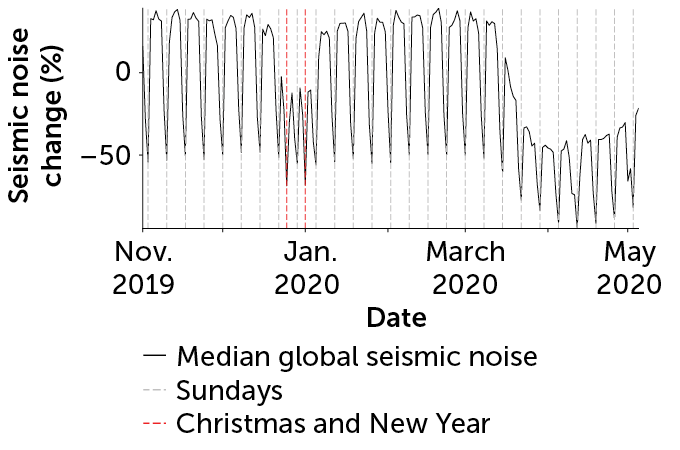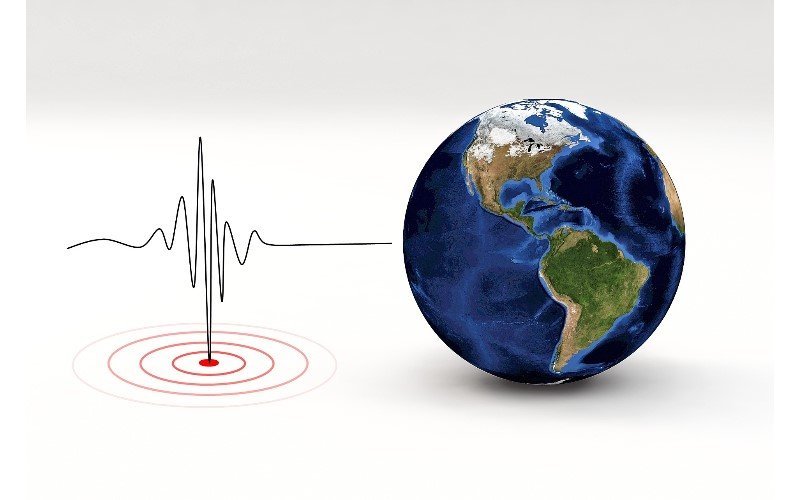Seismic Noise | Earthquake | Geography Optional
Scientists at the British Geological Survey (BGS) have reported a change in the Earth’s seismic noise and vibrations amid the coronavirus lockdown.


Seismologists at the Royal Observatory in Belgium observed a 30-50% fall in levels of seismic noise since schools and businesses were closed in mid-March. (2020)
What is Seismic noise ?
Seismic noise refers to the relatively persistent vibration of the ground due to a multitude of causes.
- Vibrations caused due to human activity, such as transport and manufacturing.
It is the unwanted component of signals recorded by a seismometer and makes it difficult for scientists to study seismic data that is more valuable.

Apart from geology, seismic noise is also studied in other fields such as oil exploration, hydrology, and earthquake engineering.
What "reduction in seismic noise" means ?
Usually -
- To measure seismic activity accurately and reduce the effect of seismic noise, geologists place their detectors 100 metres below the Earth’s surface.
- Because, the seismic noise vibrations caused by human activity are of high frequency (between 1-100 Hz), and travel through the Earth’s surface layers.
Since the COVID lockdown -
-
- Researchers have said that they were able to study natural vibrations even from surface readings, owing to lesser seismic noise.
- Due to lower noise levels, scientists are now hoping that they would be able to detect smaller earthquakes and tremors that had slipped past their instruments so far.


